The municipality of Atina is remembered by the eminent Latin poet Virgil as Atina potens, one of the five cities of Lazio allied against Aeneas. According to legend, Atina was founded by Saturn who came to Latium and started the Golden Age, founding five large and flourishing cities.
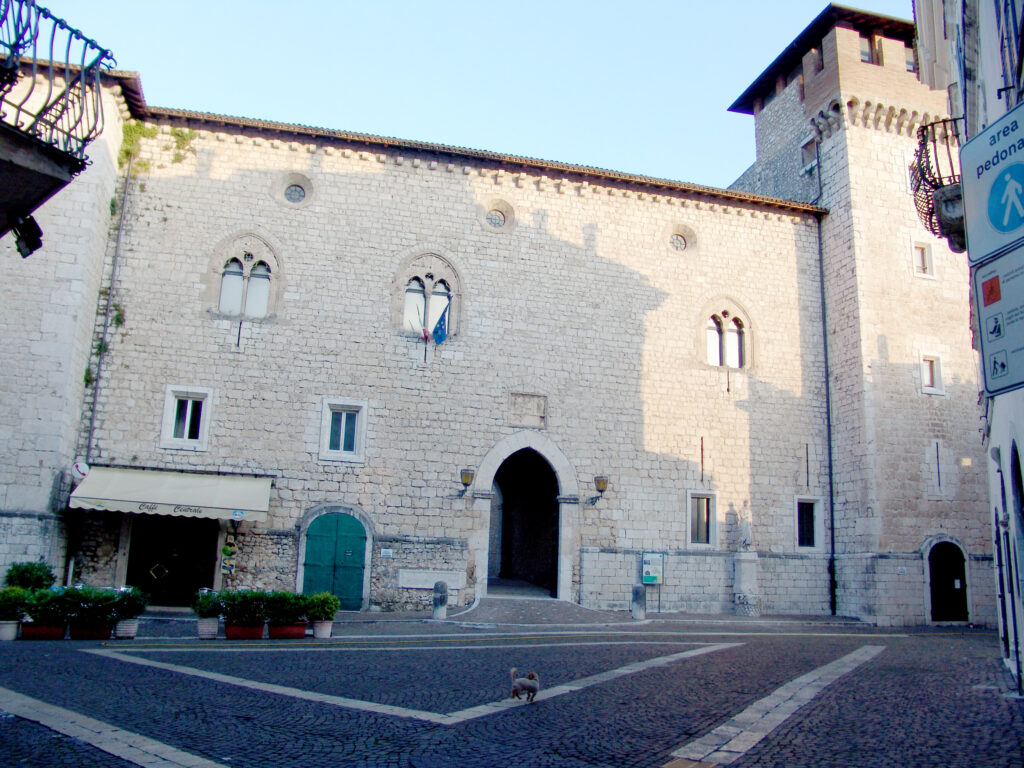
Palazzo Ducale dei Cantelmo and piazza Saturno – www.comune.atina.fr.it
In the historical town centre of Atina, some ruins of ancient polygonal walls and Roman tombs can be found. Several Roman inscriptions can be found incorporated in the buildings of the old town. The impressive Palazzo Ducale dei Cantelmo occupies a large part of Piazza Saturno and today houses the Atina Town Hall. The ‘Archaeological Museum of Atina and the Valle di Comino ‘G. Visocchi’ preserves inscriptions, pre-Roman and Roman ceramics, mosaics, tombs and frescoes.
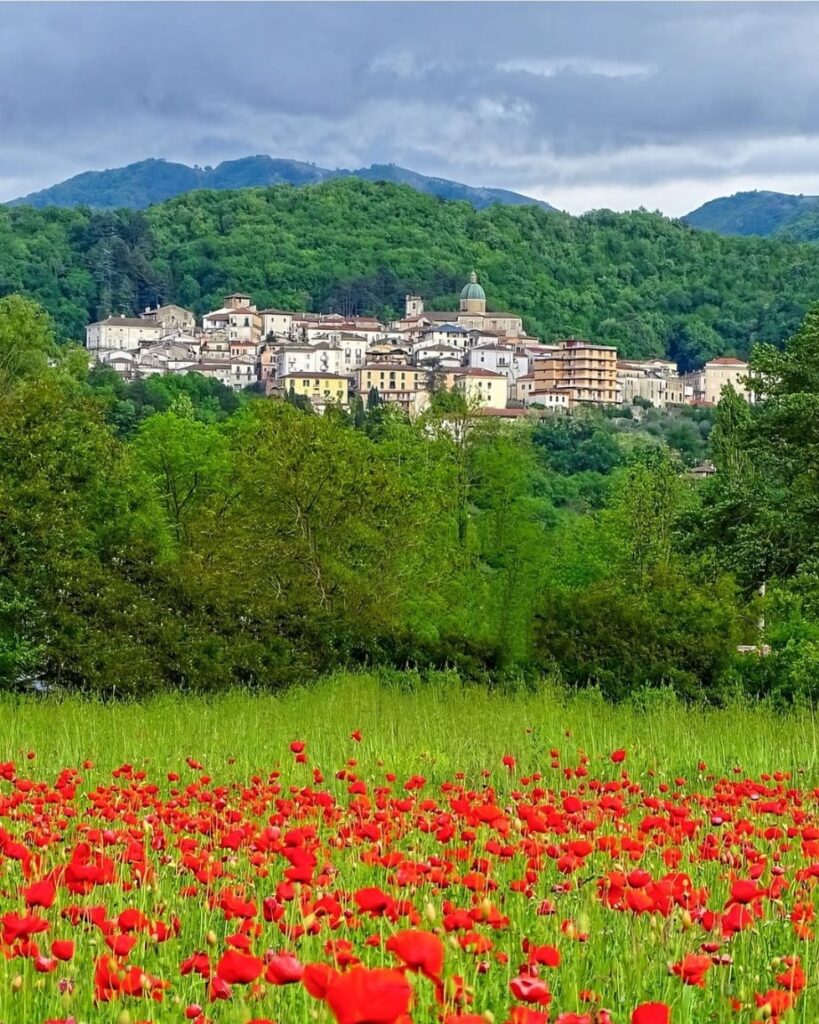
Atina – Instagram Domenico Capodanno @visit_atina
Atina was destroyed twice, first by the Lombards and then by the earthquake of 1349. Today, Atina is among the ‘Borghi più Belli d’Italia‘ (Italy’s Most Beautiful Villages) and an Orange Flag village, a prestigious recognition awarded by the Italian Touring Club for the quality of tourism-environmental development. Places full of history can be visited here, including the 18th-century co-cathedral, known as the Parrocchiale dell’Assunta, which houses a wooden baptistery from the Baroque period. The Municipal Park is a genuine botanical garden. The Madonnella walk on Santo Stefano hill offers a spectacular panorama of the entire valley.
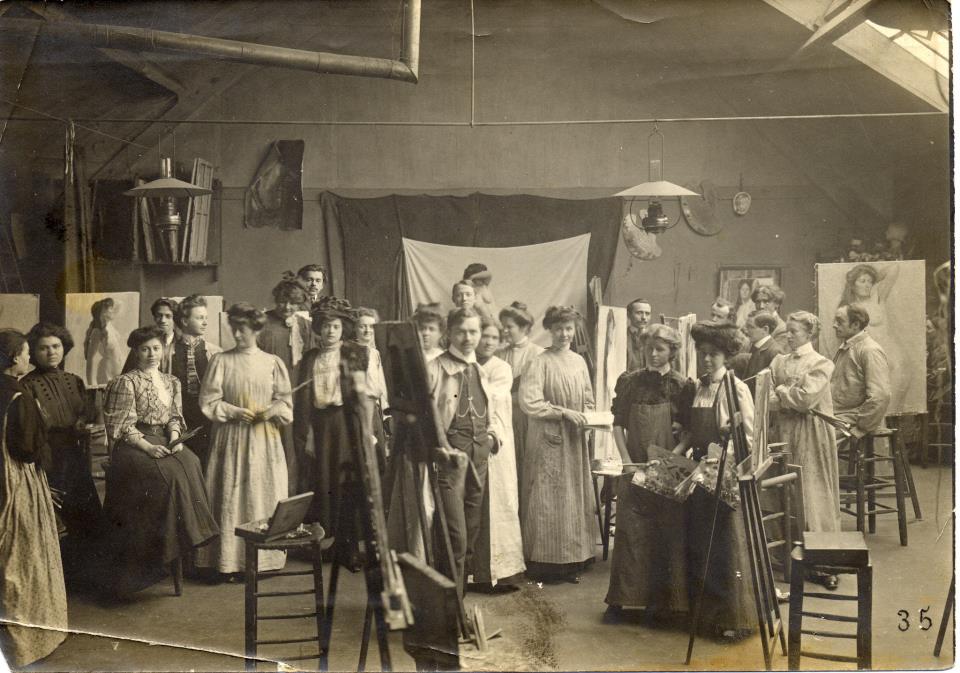
Casa Museo Academie Vitti – Facebook @Museo-Académie-Vitti
Very interesting is the Académie Vitti Museum , established in 2013 and housed in the Atina residence that has belonged to the Caira-Vitti family since their return from France. The museum preserves and passes on the cultural and historical heritage and materials of the Académie Vitti, one of the most vibrant private art ateliers in Paris until 1914.
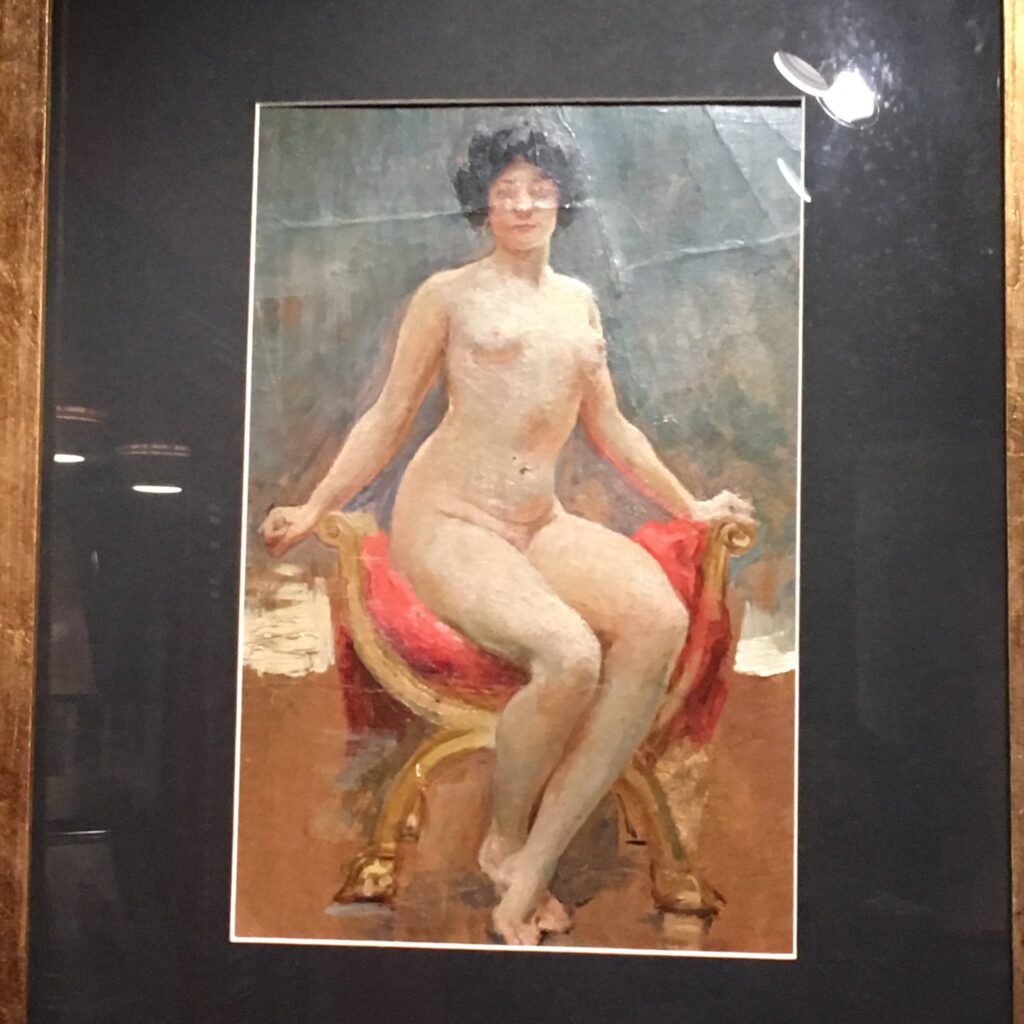
Casa Museo Academie Vitti – Twitter @saveriomariazar
Photographs, postcards, nude drawings mostly made on charcoal paper, and sketches document the events of the private painting schools in Paris at a crucial historical moment for modern art, namely the end of the 19th century and the first two decades of the 20th century.
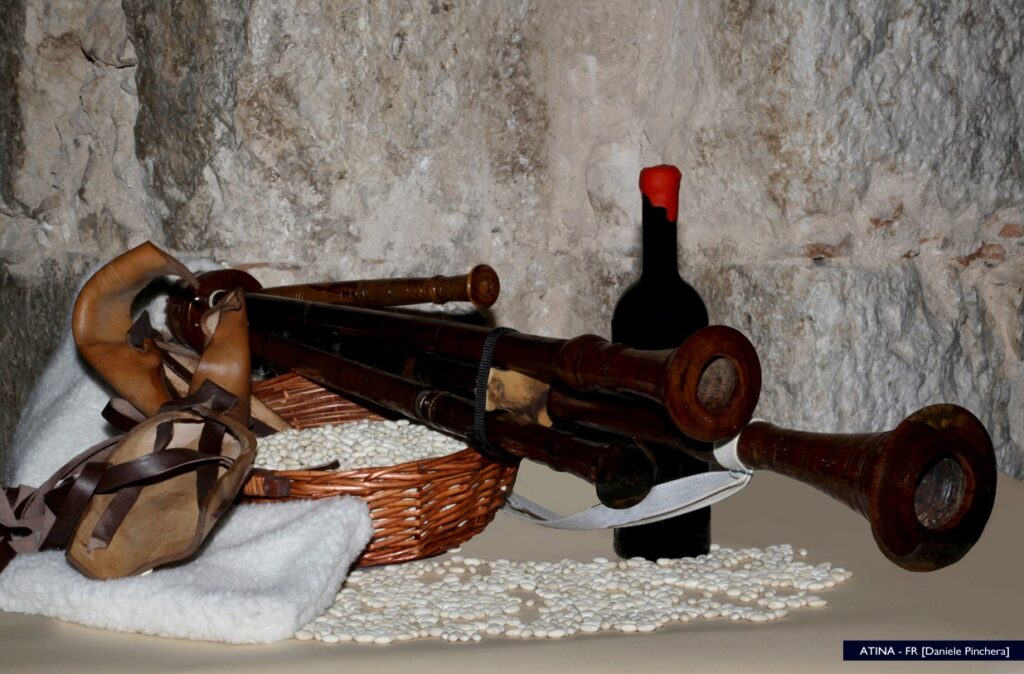
Cannellino e Cabernet di Atina
Among the typical local products, there is Cabernet Atina Doc, a wine with an intense ruby red colour, characterised by a striking bouquet. Then there is the ‘Fagiolo Cannellino Bianco di Atina Dop’ (Atina Cannellino Bean), cooked in the characteristic ‘Pignata’. Typical dishes also include Pappafuocchie or Faffuocchie, a dough of water and flour rolled out with a rolling pin (gl’ mattariegl’), cut into strips and mixed with Atina Cannellino Bean.
